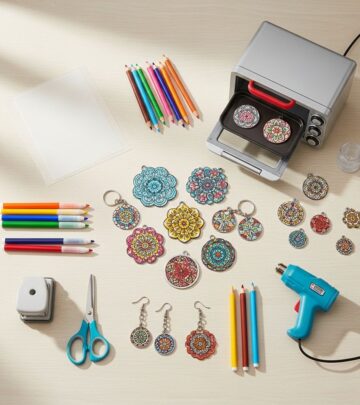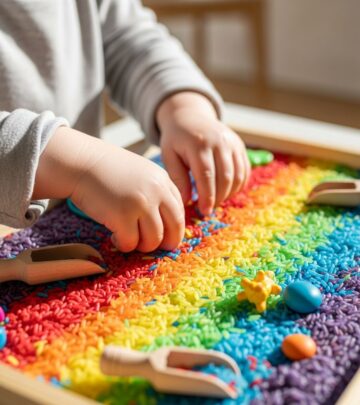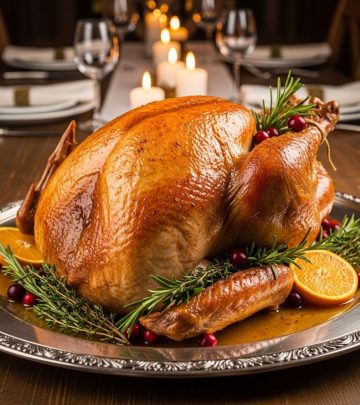How to Thread a Needle: 4 Simple and Effective Methods
Master four easy techniques to thread a needle quickly and avoid sewing frustration, whether you have a tool or just your hands.

How to Thread a Needle: Four Simple and Effective Methods
Whether you’re a beginner learning the basics of sewing or an experienced crafter looking to master foundational skills, threading a needle is absolutely essential. A smooth start to every sewing project depends on getting the thread through the eye of the needle—quickly and without frustration. This guide explains four reliable techniques to thread a needle, complete with step-by-step instructions, pointers, and troubleshooting advice for every scenario and skill level.
Why Threading a Needle Can Be Challenging
Before delving into the methods, let’s briefly address why threading a needle can be tricky, even for seasoned sewists:
- Small needle eyes: The tinier the eye, the harder it can be to maneuver thread through.
- Frayed thread ends: Old or loosely woven thread can split or unravel, making it hard to push through the needle’s eye.
- Thread stiffness: Limp or thin threads may bend or miss the mark.
Armed with the right technique and a few expert tips, you’ll overcome these hurdles in moments!
Overview of the Four Methods
Here are the four practical methods taught in this guide:
- Wet the end of your thread
- Use a needle threader
- Use the pinch-and-fold (or fold and pinch) method
- (Bonus) Threading large-eyed needles and special-case tips
Preparation: Getting Ready to Thread
Before you begin, maximize your success with these steps:
- Trim the thread: Use sharp scissors to snip the thread’s end at a slight angle. A clean, firm end threads easiest.
- Choose the right needle: Pair your thread’s thickness with an appropriately sized needle eye.
- Hold everything steady: Rest your elbows on the table for a stable hand.
1. Wet the End of Your Thread
This classic, tool-free technique works well for both beginners and experienced sewers. It’s quick, efficient, and only requires your fingers—and perhaps a drop of water.
Step-by-Step Instructions:
- Trim the thread: Cut the end so it’s freshly woven and even.
- Dampen the end: Moisten your fingertips with water or gently lick your fingers, then run the end of the thread to stiffen and compress it. Alternatively, touch the end lightly with your tongue.
- Thread the needle: Hold the thread between your thumb and forefinger, align it with the needle’s eye, and gently push the thread through.
- Pull and knot: Once a small portion is through, grip and pull to the desired length and tie a knot if needed.
- Tip: If the thread frays or splits, trim it again and repeat dampening.
- Best for: Regular hand sewing needles, embroidery needles, and quick threading without tools.
2. Using a Needle Threader
This is an especially handy option if you struggle with threading or have poor eyesight. A needle threader is a small tool with a thin wire loop used to easily pull thread through the needle’s eye.
Step-by-Step Instructions:
- Insert the wire: Slide the wire loop of the needle threader all the way through the needle’s eye until the loop is sticking out the other side.
- Insert the thread: Thread the end of your sewing thread through the large loop of the wire.
- Pull through: Hold the threader’s flat end and gently pull the wire loop back through the eye of the needle—drawing the thread along with it.
- Set the length: Once the thread is through, remove the needle threader and pull the thread to the desired length, securing with a knot if needed.
- Tip: Needle threaders come in playful shapes and sizes—store one in your sewing kit for emergencies.
- Best for: Small-eyed needles, fine thread, people with reduced dexterity or vision, and threading sewing machines.
3. The Pinch and Fold (Fold and Pinch) Method
This clever technique is a lifesaver when you don’t have a needle threader. It uses your fingers to create a firm, easily guided loop for simple threading.
Step-by-Step Instructions:
- Fold the thread: Sit the end of the thread atop the needle, then fold it downward over the eye so both sides of the thread are together, sandwiching the needle in between.
- Pinch tightly: Pinch the folded thread directly below the needle’s eye with your thumb and forefinger, applying enough pressure to keep the loop compact.
- Slide the needle out: Keeping the loop pinched, carefully slide the needle away so you’re left holding a tiny loop of thread.
- Position the needle: Bring the eye of the needle over this loop, and gently push it down onto the pinched loop—guiding the eye through the loop as you press.
- Pull through: When the thread pokes through the eye, grab it and pull until the length you want is through the needle.
- Tip: This works for thicker threads and embroidery floss, and is ideal if you’re threading multiple strands.
- Best for: Needles with slightly larger eyes and multiple threads or specialty threads.
4. Bonus Tips: Threading Large-Eyed Needles & Special Threads
For certain types of sewing—like embroidery or when working with wool, metallic, or specialty threads—the above methods still apply, but with these enhancements:
- Use beeswax or thread conditioner: Especially helpful with fraying, delicate, or metallic threads; run the thread through a wax block before threading.
- Double threading: If you need extra strength, thread your needle with a double strand and knot the ends together.
- Machine needle threading: Some modern sewing machines have built-in threaders. Follow your machine manual, or you can use a standard needle threader for most machines.
Comparison Table: Needle Threading Methods
| Method | Tools Needed | Skill Level | Best For |
|---|---|---|---|
| Wet the End | Scissors (optional), water | Beginner to advanced | Quick jobs, standard hand sewing |
| Needle Threader Tool | Needle threader | All skill levels | Small needle eyes, vision/dexterity challenges |
| Pinch and Fold | None | Intermediate (practice helps) | Thick thread, floss, multiple strands |
| Thread Conditioner/Wax | Beeswax/thread conditioner | Intermediate/advanced | Specialty threads, fray-prone fibers |
Troubleshooting Threading Problems
Even with the best technique, you may run into a few issues. Here’s how to solve the most common:
- Thread won’t go through: Trim the end sharply again, or wet it for stiffness and cohesion. Hold the needle against a white or contrasting background to improve visibility.
- Thread keeps splitting: Twist the thread gently to reunite separated fibers before trying again.
- Thread frays or unravels: Use a smaller length, condition it with wax, or switch to a slightly thicker thread.
- Hands shaking or poor vision: Rest both elbows on a solid surface and bring the needle up close; try a needle threader for quick success.
Advanced Tips for Effortless Threading
- Lighting matters: Direct a lamp or use natural daylight to help you see clearly.
- Magnifiers: Magnifying glasses or wearable magnifiers can make threading small needle eyes much easier.
- Sewing hacks: If the standard thread keeps slipping, rub a little bit of beeswax or chapstick onto the tip before threading to help the fibers stay together.
Frequently Asked Questions (FAQs)
What do I do if I don’t have a needle threader or wax?
Use the classic wet-the-end method or fold-and-pinch. Both require no special tools and work with a little practice.
Why is my thread always fraying?
Low-quality or old thread is prone to fraying. Switch to new thread, cut sharply, and condition with wax if available.
Can these methods be used for embroidery floss or multiple strands?
Absolutely. The pinch-and-fold method is especially effective for threading thicker floss or multiple strands at once.
How can I thread a needle if my eyesight isn’t good?
Use a needle threader or magnifier. Larger-eyed needles are also easier to work with in this case.
What’s the fastest way to thread a standard needle?
The fastest is usually the wet-the-end method if your thread is well-prepared and your hands are steady. Keep scissors handy for trimming.
Final Thoughts: Begin Every Project Seamlessly
Mastering these four methods arms you with flexibility and confidence. The secret to easy threading is good preparation—a sharp thread end, patience, and the right technique for your needs. Add a needle threader to your sewing kit, and remember: with a little practice, threading a needle can become a simple, stress-free task.
Now you’re ready to tackle any sewing project! Save this guide for future reference, and keep your supplies organized for even smoother crafting experiences.












